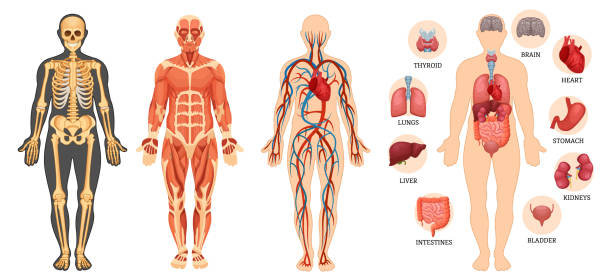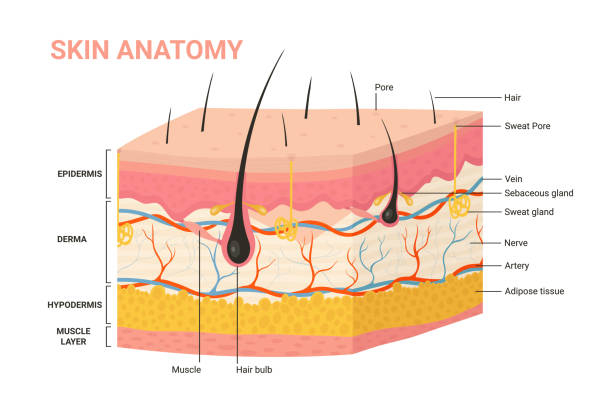What is the human body’s biggest organ?
Your skin is the biggest organ in your body and serves as a barrier between you and the outside world. It completely covers your body and has a surface area of approximately 21.5 square feet (2 square meters). Its thickness ranges from 0.02 inch (0.5 millimeter) on your eyelashes to 0.16 inch (4 millimeters) or more in "tougher" parts like your palms and soles. It accounts for around 16% of your overall body weight. Your skin protects your interior organs from infection and aids in temperature regulation.
Your skin is made up of three major layers. The epidermis, or outer layer, comprises skin cells, pigment, and proteins. The dermis, or middle layer, includes blood vessels, nerves, hair follicles, and oil glands, as well as providing nutrition to the epidermis. The subcutaneous layer, which lies under the dermis, includes sweat glands, some hair follicles, blood vessels, and fat. Each layer also has connective tissue, which contains collagen fibers for support and elastin fibers for flexibility and strength. Cells in your epidermis' innermost layer are continually dividing to create new cells, giving your skin with a protective topcoat that protects deeper cells from injury, infection, and dryness.
Cells on the surface of your epidermis flake off and are constantly replaced with new ones, so your body creates a new set of skin every 30 days. A human body loses roughly 600,000 skin particles every hour, or about 1.5 pounds (0.68 kilogram) each year. An average person will have lost 105 pounds (47.6 kilos) of skin by the age of 70.

















